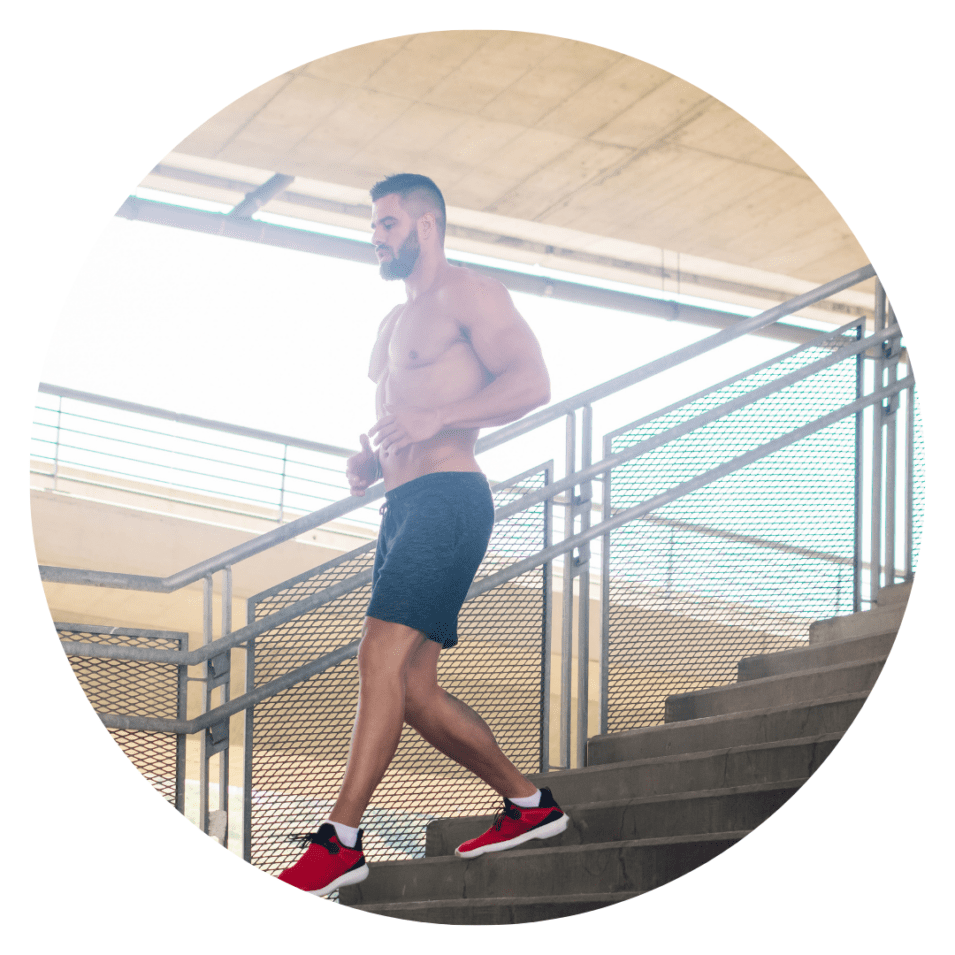Functional Movement Training
Most people don’t love to exercise (although we know some of you do.
Functional fitness exercises are designed to train and develop muscle to make it easier and safer to perform everyday activities, such as carrying groceries or playing a game of basketball with your kids.

What is functional fitness training?
Functional fitness exercises train your muscles to work together and prepare them for daily tasks by simulating common movements you might do at home, at work or in sports. While using a combination of upper and lower body muscles simultaneously, functional fitness exercises also emphasize core stability.
For example, a squat is a functional exercise because it trains the muscles used when you get up and down from a chair or when you pick up objects. By training your muscles (and brain) to work the way they do in everyday tasks, you prepare your body to perform well in a variety of common situations.
What are the benefits of functional fitness training?
Functional exercises tend to use multiple joints and numerous muscles. Instead of only moving the elbows, for example, a functional exercise might involve the elbows, shoulders, spine, hips, knees and ankles. This type of training, properly applied, can make everyday activities easier, help reduce your risk of injury and improve your quality of life.
Functional exercise training may be especially beneficial as part of a comprehensive program for older adults to improve balance, agility and muscle strength, and to reduce the risk of falls.
Our brains learn faster when we are performing activities that are common in everyday life. As you add more functional fitness exercises to your workout, you should see improvements in your ability to perform your everyday activities and in your quality of life in a manner that is faster than just single plane exercise training.
What are examples of functional fitness exercises?
Comprehensive physical movements found in activities such as tai chi and yoga involve varying combinations of resistance and flexibility training that can help build functional fitness.
Are functional fitness exercises for everyone?
If you haven’t exercised for some time or if you have health problems, it’s a good idea to have a movement assessment before beginning a new program.
It’s also a good idea to start with body-weight exercises. As you become more fit and ready for more of a challenge, you can add more resistance such as weights or resistance bands. But, be careful not to add too much resistance to exercises that require high impact, as this places joints and soft tissues at more risk if these exercises aren’t performed optimally.
